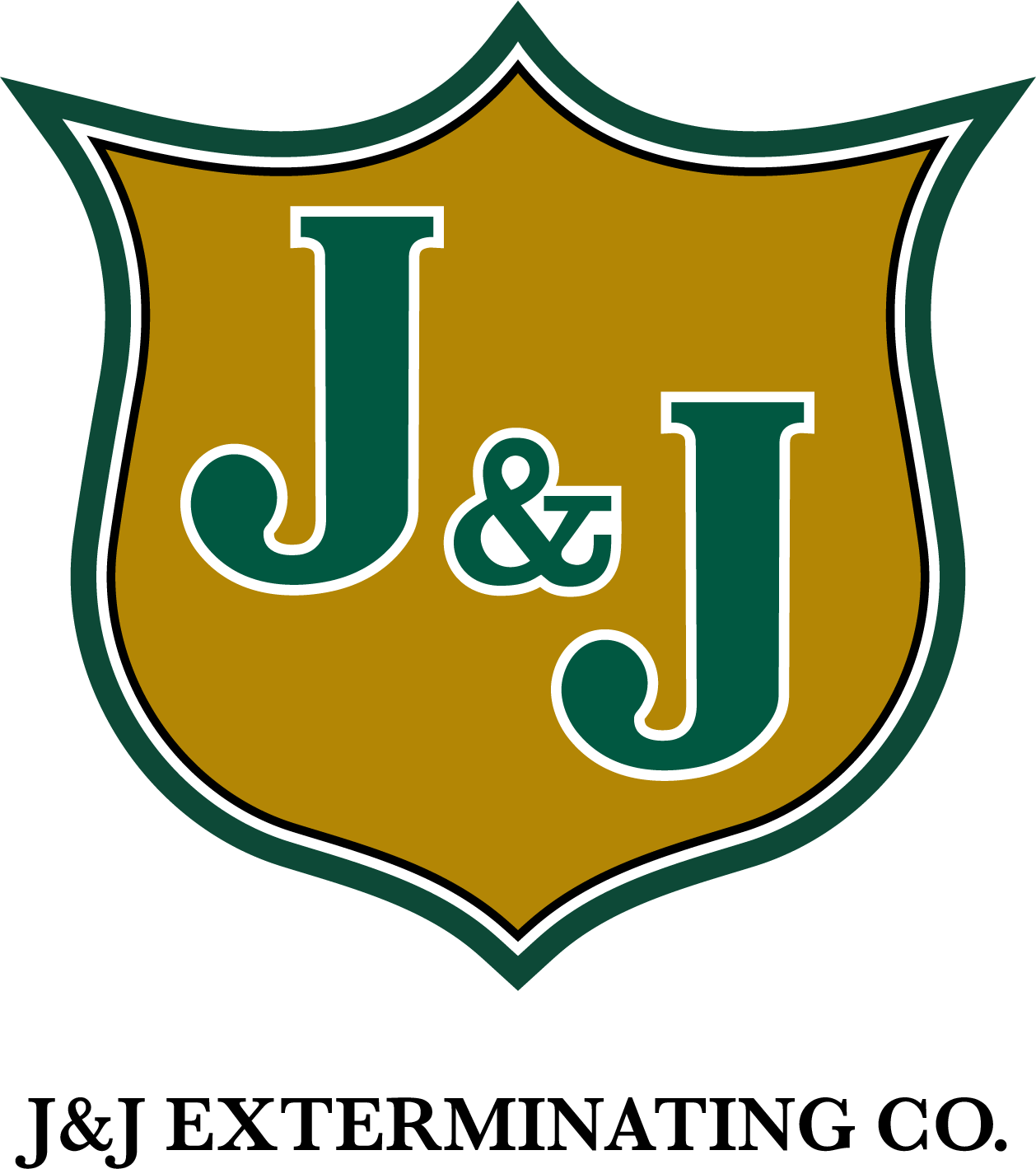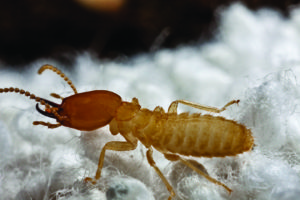Termites are a homeowner’s nightmare, and in New Orleans’ warm, humid climate, these wood-hungry pests thrive. Prevention is key to avoiding the costly damage termites can cause. Follow this guide to protect your home and keep termites at bay.
Understanding Termites in New Orleans
New Orleans is home to two main types of termites:
- Subterranean Termites – These termites, especially Formosan subterranean termites, are aggressive and build colonies underground. They enter homes through wood that contacts the soil or through cracks in foundations.
- Drywood Termites – These termites infest dry wood and don’t require contact with soil, making attics and wooden furniture their prime targets.
Knowing which termites you’re up against is the first step in preventing an infestation.
10 Proven Ways to Prevent Termite Infestations
1. Keep Wood Away from Soil
Subterranean termites use soil as their base of operations. Avoid stacking firewood, lumber, or wooden materials directly on the ground near your home. Always store wood at least 20 feet away from your house and off the ground if possible.
2. Maintain a Barrier Between Soil and Wood
Use concrete or metal barriers between the soil and wooden portions of your home. For instance:
- Install metal flashings or concrete footings under wooden beams.
- Ensure at least an 18-inch gap between wooden siding and the ground.
3. Fix Leaks and Moisture Issues
Termites are attracted to moisture, which softens wood and makes it easier for them to chew through. Regularly check and repair:
- Roof leaks
- Leaky plumbing or pipes
- Poor drainage around your home
Make sure gutters are cleaned frequently and direct water away from your foundation.
4. Declutter Your Yard
Termites love dead wood and debris. Keep your yard free of old stumps, fallen branches, or decaying wood. Mulch, while beneficial for landscaping, can also attract termites. Use only a thin layer of mulch and keep it several inches away from your home’s foundation.
5. Seal Cracks and Entry Points
Inspect the foundation of your home for cracks, gaps, or holes that termites could use as entryways. Use a silicone-based sealant to fill these gaps, and ensure all doors, windows, and vents are properly fitted with screens.
6. Schedule Regular Termite Inspections
Preventative measures are more effective when combined with professional oversight. Hire a licensed pest control company in New Orleans to conduct annual or even biannual inspections of your property.
7. Use Pressure-Treated Wood
If your home has wooden structures like fences, decks, or patios, ensure the wood is pressure-treated or sealed to prevent termite activity. Treated wood makes it harder for termites to penetrate and feed.
8. Remove Dead Tree Stumps and Roots
Dead tree stumps and roots are like a buffet for termites. Remove them from your yard, and if part of the tree’s roots remains under the ground, consider fully excavating it to eliminate the risk.
9. Install Physical and Chemical Barriers
- Physical Barriers: These include sand or metal mesh layers that prevent termites from tunneling into your home.
- Chemical Barriers: Apply liquid termiticides to your home’s foundation and surrounding soil to create a repellent zone. Professional pest control services in New Orleans can apply these treatments safely.
10. Stay Vigilant for Signs of Termites
Here are some warning signs you should never ignore:
- Mud Tubes along walls, foundations, or crawl spaces (a hallmark of subterranean termites).
- Hollow-sounding wood when tapped.
- Swarmers and discarded wings near windows or light fixtures.
- Frass, or termite droppings, which look like small pellets and are found near infested areas.
Why Termite Prevention Is Essential in New Orleans
The combination of humidity, warmth, and rainfall in New Orleans makes your home an ideal target for termites. Taking active steps to prevent infestations not only protects your property but also saves you significant time and money in costly repairs.
Remember, early prevention is far easier than addressing a full-blown infestation later.
Partner with the Pros
For comprehensive termite prevention in New Orleans, consider partnering with a professional pest control company. With their expertise and advanced treatments, you can ensure your home remains safe year-round.
Don’t wait for termites to make the first move. Take action today to keep your home protected!





